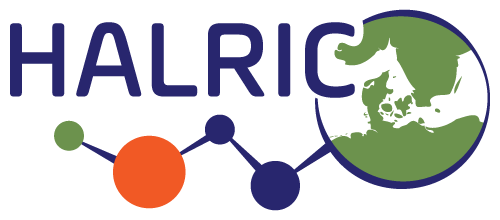To facilitate cross-border collaboration and more efficient use of resources, a mapping of Research Infrastructures (RIs) has now started in the Hanseatic Life Science Research Infrastructure Consortium (HALRIC).
“We are starting with RIs that are open for use across countries and different areas of life science, including sample preparation and data analysis. Further criteria are equal accessibility and transparent user fees. Initially, we focus on the technologies at the large-scale RIs, Universities and Hospitals, who are partners in HALRIC. But if time and resources permit, we will consider extending the mapping to the entire HALRIC Öresund-Kattegat-Skagerrak (ÖKS)-Hamburg region,” says Linda Eliasson, Lund University who is leading on the mapping exercise for HALRIC.
HALRIC works to increase the innovation capacity in the ÖKS-Hamburg Region, by accelerating the use of, and access to RIs including front-end technologies, instruments, expertise, and data management solutions.
“Our Region depends on excellent research facilities with good services and access, but without unnecessary thresholds. Access to and collaboration between RIs are fundamental to ensure innovation, and to address challenges in areas such as genomics and personalized medicine, drug discovery and development, as well as disease prevention and detection. With the mapping we also make it possible for policymakers to assess the state of life science related RIs throughout the HALRIC region. This can help identify gaps and possible duplications, which can again enable funding decisions,” says Kajsa M. Paulsson, Director of HALRIC.
RIs include but are not limited to instruments, databases, experts, registries, biobanks, and computational tools, which provide the scientific community with resources and services to conduct top-level research and innovation in the field of Life Science. These RIs can be single-sited, distributed, or an e-infrastructure, and can be part of a national or international network of facilities, or of interconnected scientific instrument networks.
The HALRIC mapping of RIs is expected to be a desirable tool to help different user groups to identify and gain access to a wide range of resources, services, and facilities.
